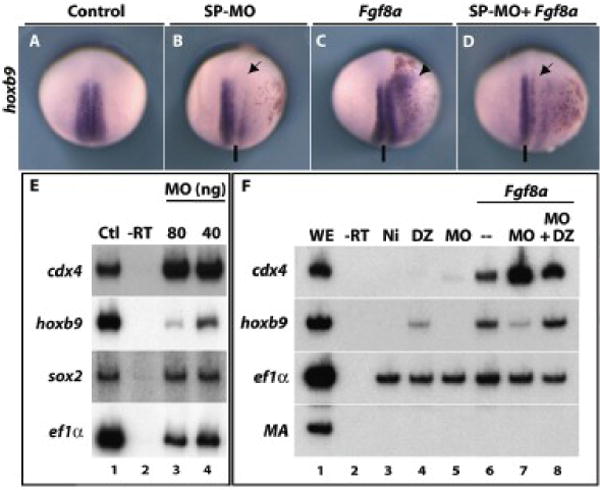Figure 3. FGF8a posteriorizing activity requires Dazap2.

Embryos were co-injected with lacZ mRNA and either dazap2 SP-MO (20 ng, B), fgf8a (10pg, C) or a combination of SP-MO and fgf8a (20ng and 10pg, respectively, D) into one cell at the 4-cell stage. Stage 18 embryos are shown in dorsal views, with anterior to the top (the line indicates the sagittal plane). Compared to control embryos (A), the SP-MO blocks hoxb9 expression on the injected side (B, arrow) while Fgf8a induces ectopic hoxb9 expression (C, arrowhead). When fgf8a and SP-MO are combined, hoxb9 expression is blocked and no ectopic expression observed (D, arrow). (E) RT-PCR was performed on whole embryos injected with SP-MO (either 40ng/cell or 20ng/cell) into two cells at the 2-cell stage, then aged until stage 20 (Ctl, control sibling controls; -RT, no reverse transcriptase control). Hoxb9 expression is strongly decreased (lane 3, 4), especially at the highest concentration of SP-MO, while cdx4 and sox2 expression remain unaffected. (F) Animal caps were dissected at stage 9 from embryos injected with either dazap2 mRNA (250pg/embryo, lane 4), SP-MO (40ng/embryo, lane 5), fgf8a (200pg/embryo, lane 6), a combination of SP-MO and fgf8a (40ng/embryo + 200pg/embryo, lane 7) or a combination of fgf8a, SP-MO and dazap2 mRNA (40ng+200pg+250pg/embryo, lane 8) at the 2-cell stage (Ni: non injected caps). At stage 18, hoxb9 is induced by fgf8a (lane 6) but this induction is blocked in the presence of SP-MO (lane 7). This loss is rescued by addition of dazap2 mRNA (lane 8). In all combinations with Fgf8a, cdx4 is robustly induced.
